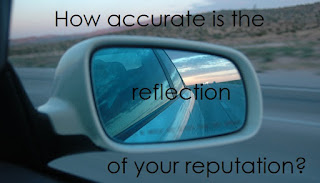Anyone who has watched a few old films will be familiar with the newspaper vendor on the street corner, shouting 'Read all about it!' in relation to the latest big story. People buy newspapers to get the latest stories about events that are happening right now. There are a number of reasons they read newspapers:
- They want to keep up with what's going on in the world
- They are interested in a specific story for some reason
- There's something that may affect their lives and they want to ensure they know about the latest developments
If you're producing a newsletter - whether a digital or hard copy publication - bear in mind that your readers must WANT to read it.
People who know you or deal with your business will be mildly interested in what's going on in your company
People who are interested in your industry may be interested if there's a good story
But the huge majority of people are not interested in investing time reading the happenings of your business - unless there's something in it for them!
Remember that journalists are trained to write compelling stories - and news is only news if people are interested in knowing about it.
What does this have to do with your newsletter?
Everyone is busy - they will only start reading your newsletter if there's a good reason to do so. This means you need to lead your newsletter with something that will engage the reader; something that will impact on them in some way. This might be an article that helps them in some way, a heads up about a forthcoming change that will impact on their business, an offer or sale.
It won't be:
- Your new office
- Your latest member of staff
- What's going on in your business.
While these are interesting - and possibly exciting - to you, most of your readers won't find that riveting!
Think about how stories are told - there is a beginning, a middle and an end. There is a hook at the beginning to get people interested and want to know what happens next. There is the meaty bit in the middle where you develop the plot and your readers get to know who is who and what is what, then there's the ending, where everything comes together and a nice satisfying conclusion occurs. How can you write articles that fit into that formula? Check out your newspaper and you'll see they have the same basic approach - even to news stories.
Think like a reader
Whatever you write keep asking yourself - will my reader want to know more? It's really important to be focused on what the reader wants, what he or she will be attracted by and what will get them to start reading.
There's a subconscious theme running in the background ... 'What's in it for me?' You must satisfy that with every item you write.
Admittedly, there are some people who have the skill to write quirky items about practically nothing - and there are loyal readers who love being entertained by them, but first you have to capture your reader by delivering something they'll read - the very first time it's delivered to them.
Take a leaf out of the journalists book and deliver a publication that engages your reader's interest and which, when read, will leave them feeling they've got some value out of it.


